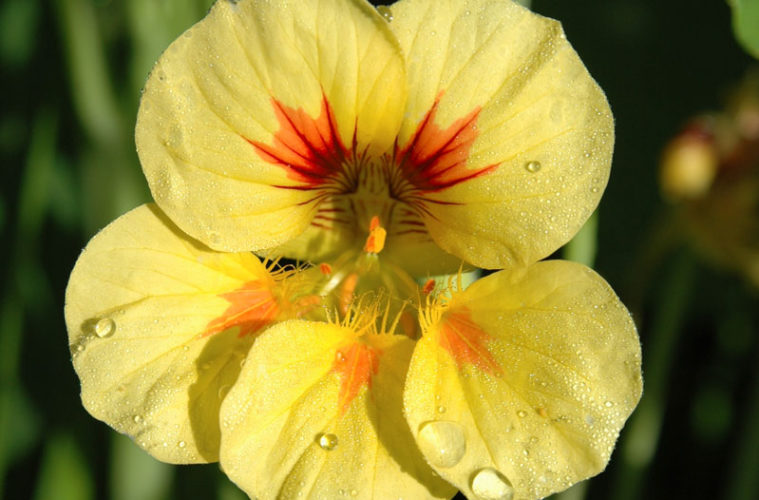These simple, eco-friendly strategies will help you manage common garden pests and diseases
Be aware and act quickly
- Look out for viral and bacterial damage and take action immediately to prevent the disease from spreading. Cut off the infected parts of the plant and collect infected fruits and bin or burn them – don’t add them to your compost heap. Sterilise your secateurs afterwards.
- Regularly check your garden for pests. Don’t forget to look under the leaves, and as many pests come out at night, do a periodic ‘torch patrol’ after dark. Hand pick any insects you find; dislodge white-fly with a blast of water and rub off scale.
- Learn when to expect an increase in pests like tip wilters so you can tackle the problem timeously; also keep an eye out for the eggs of pests.
- Anticipate problems ahead of time by controlling pests prior to planting seedlings; cultivate the soil to expose snail’s eggs or cutworm.
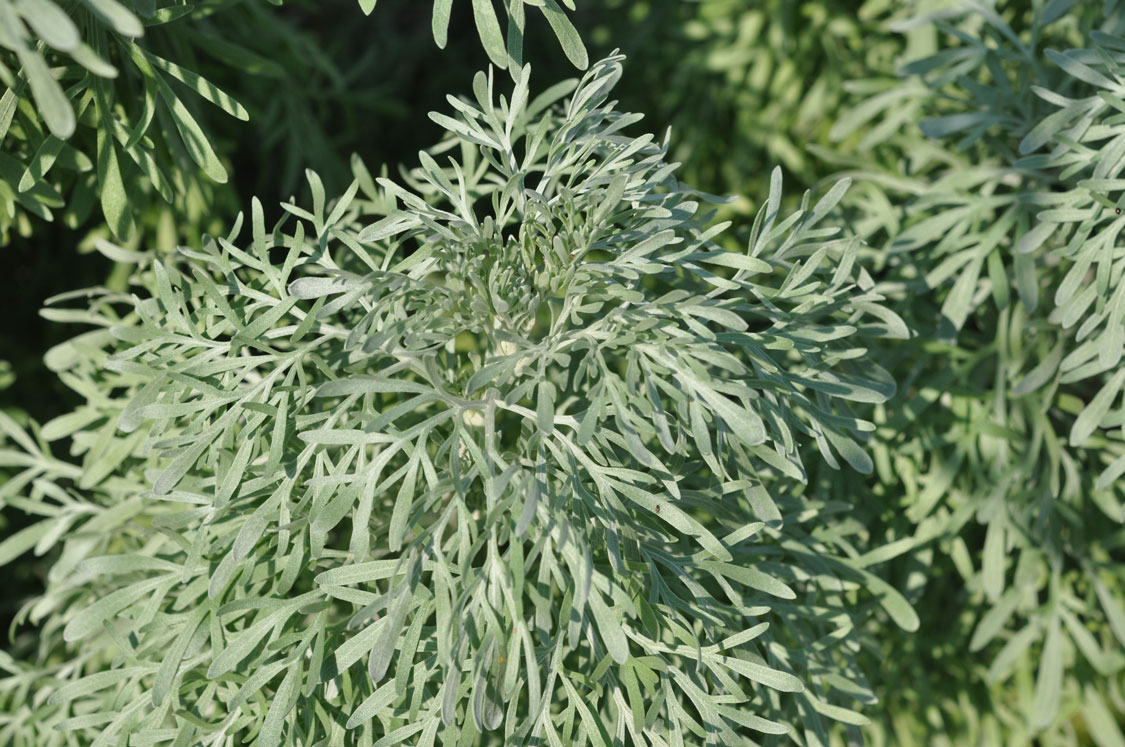
The smell of wormwood leaves acts as a deterrent to insects.

Plants like fennel attract many beneficial insects especially wasps.
Surround vulnerable plants with barriers
- Fit collars cut from the cardboard rolls of used tinfoil around cutworm-prone plants like lettuce and young seedlings.
- Place copper tape or scrunched up scouring pads around plants snails love, like hostas and seedlings like poppies and pansies.
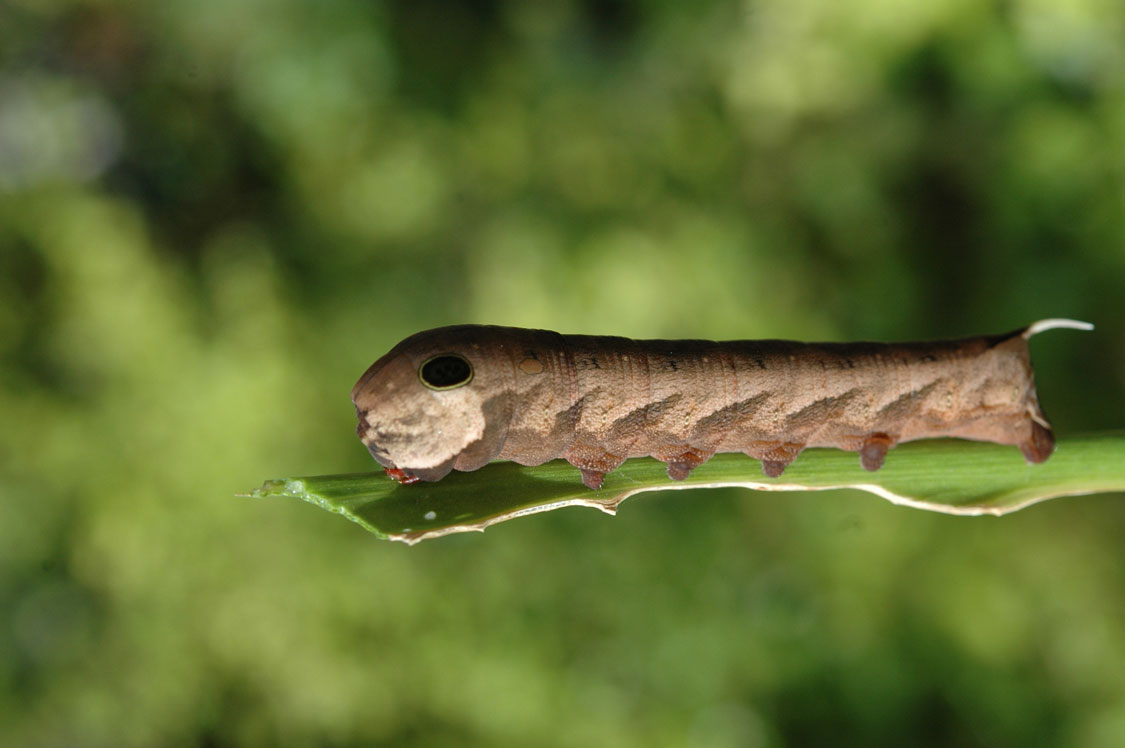
Hawk moth caterpillars feed at night .
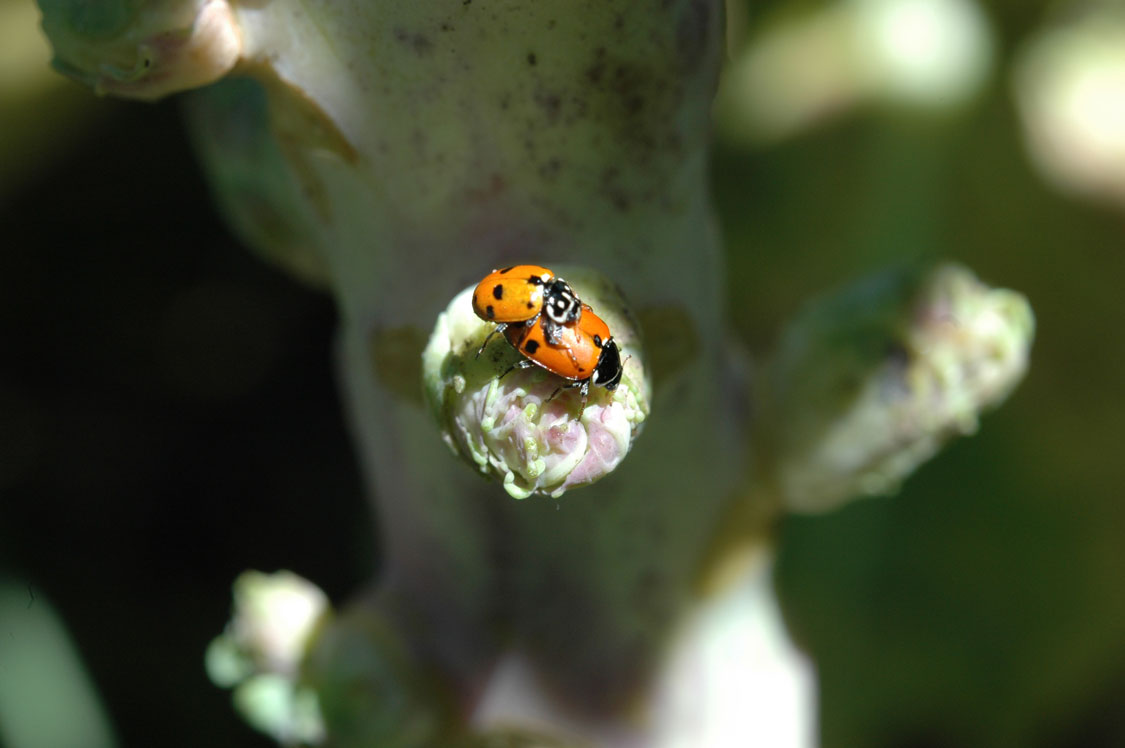
Spotted amber ladybirds prey on pesky aphids.
Create decoys and traps
- Fruit flies can be tempted with strong-smelling baits made from fermenting fruit.
- White-fly can be trapped on strips of sticky yellow board.
- Snails can be lured to containers of beer which are sunk in the soil.
- Make a trap for certain types of beetles by filling a yellow container with water and adding a few drops of oil; shine a light on it at night.
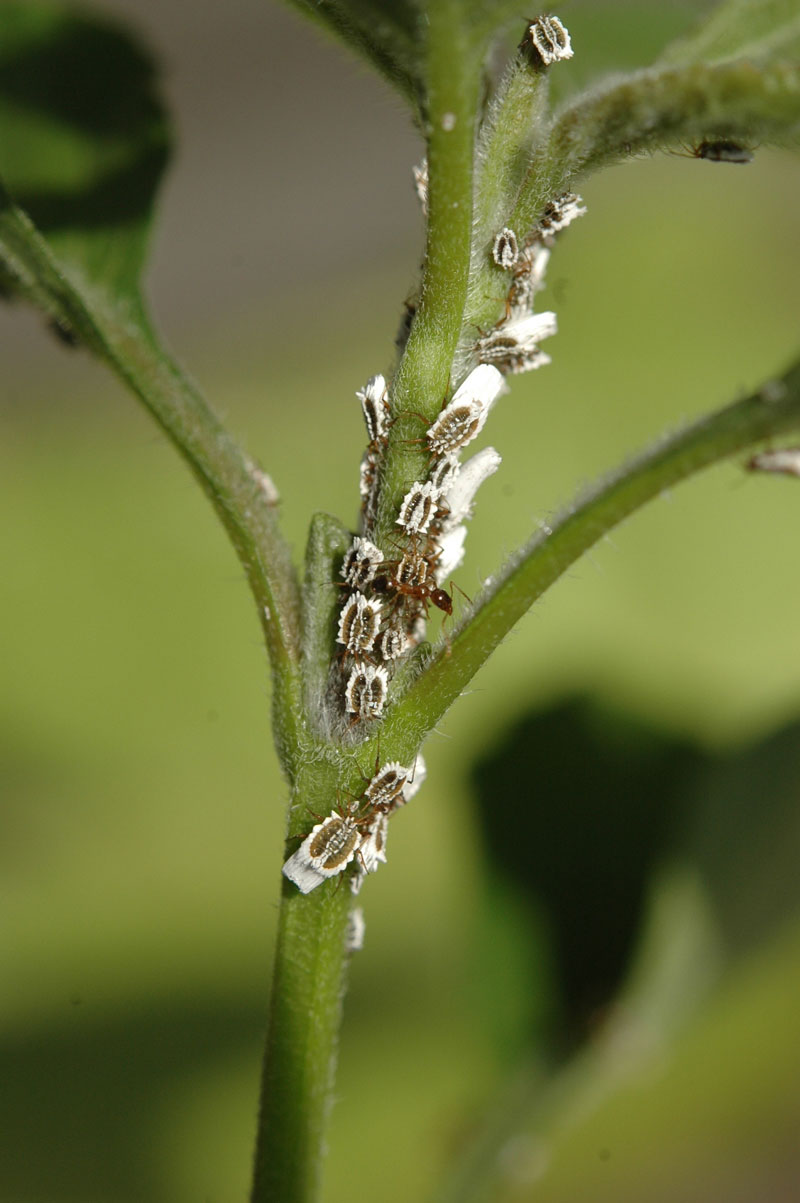
Scale are often moved from place to place by ants that milk them for honeydew.
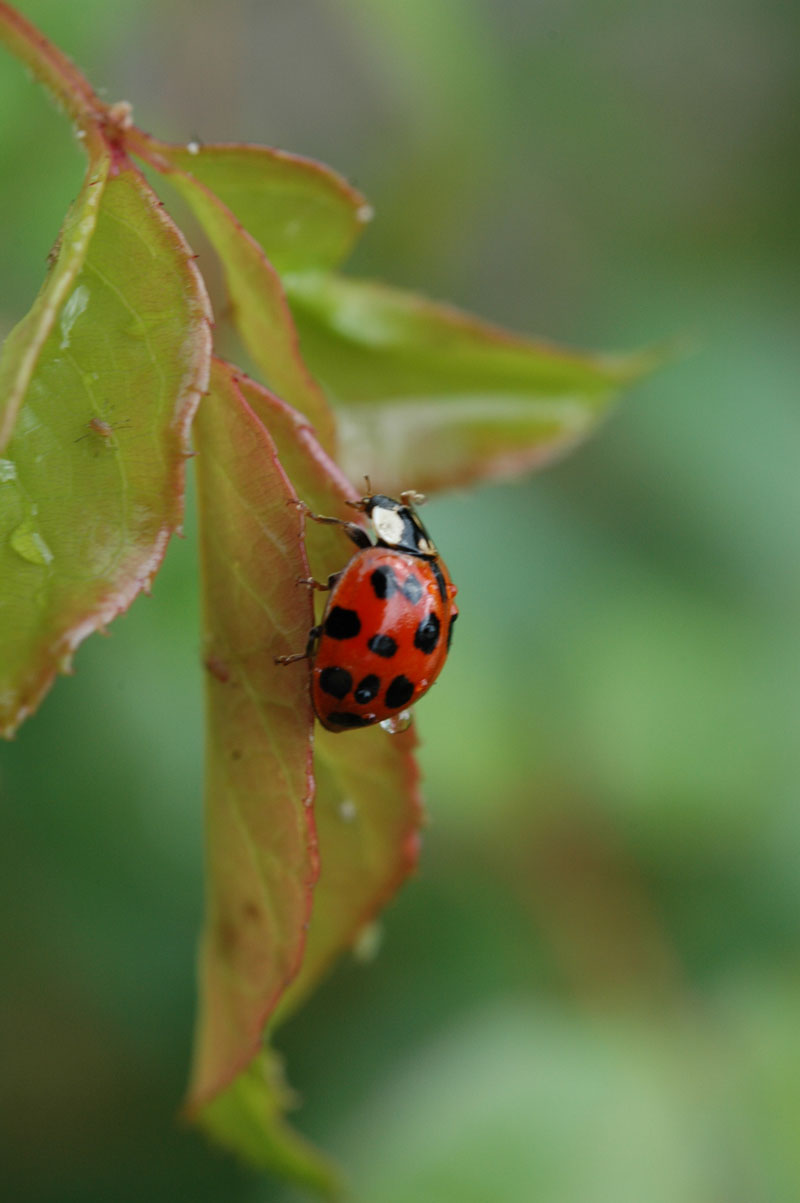
The harlequin ladybird feeds on our beneficial predatory ladybirds.
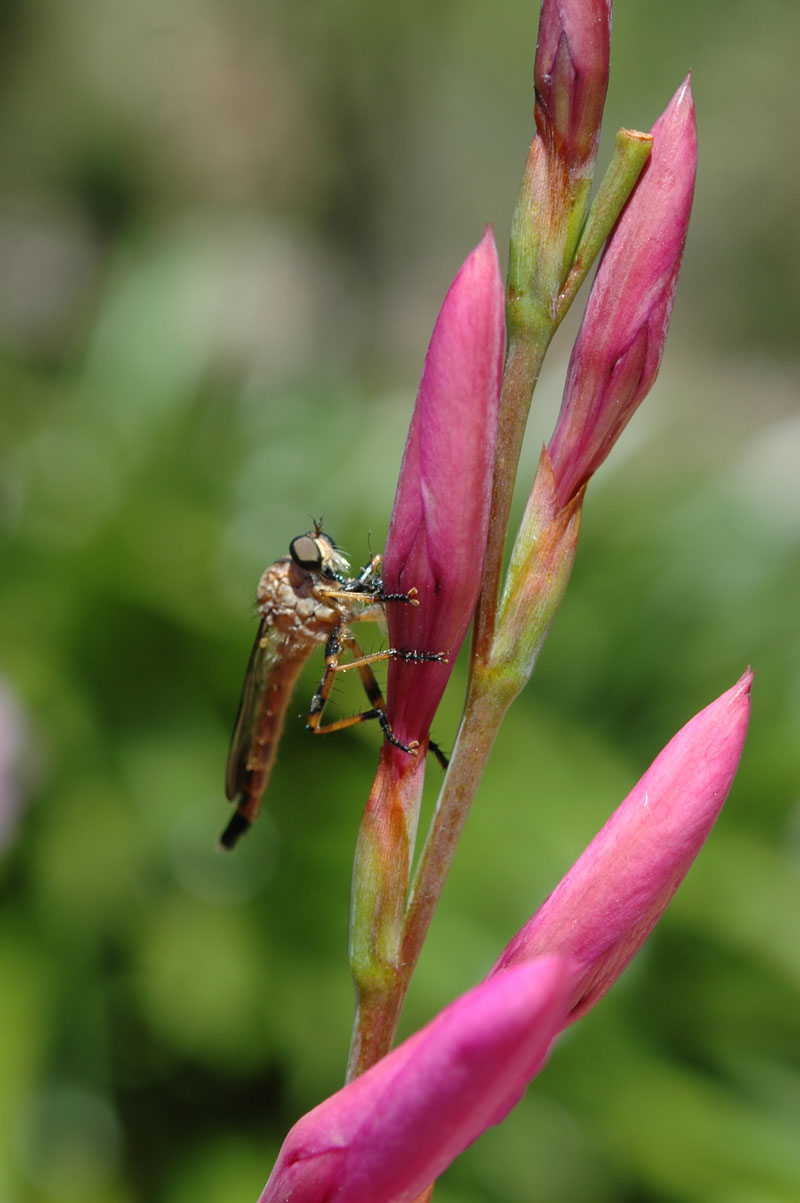
Robber flies are natural predators; the larvae of some feed on locust eggs.
Practice diversity
Pests multiply faster than their natural predators when they have an unending supply of food. So rather than planting one type of plant, which might be a particular pest’s favourite snack, group several different plants that have similar growing conditions together.
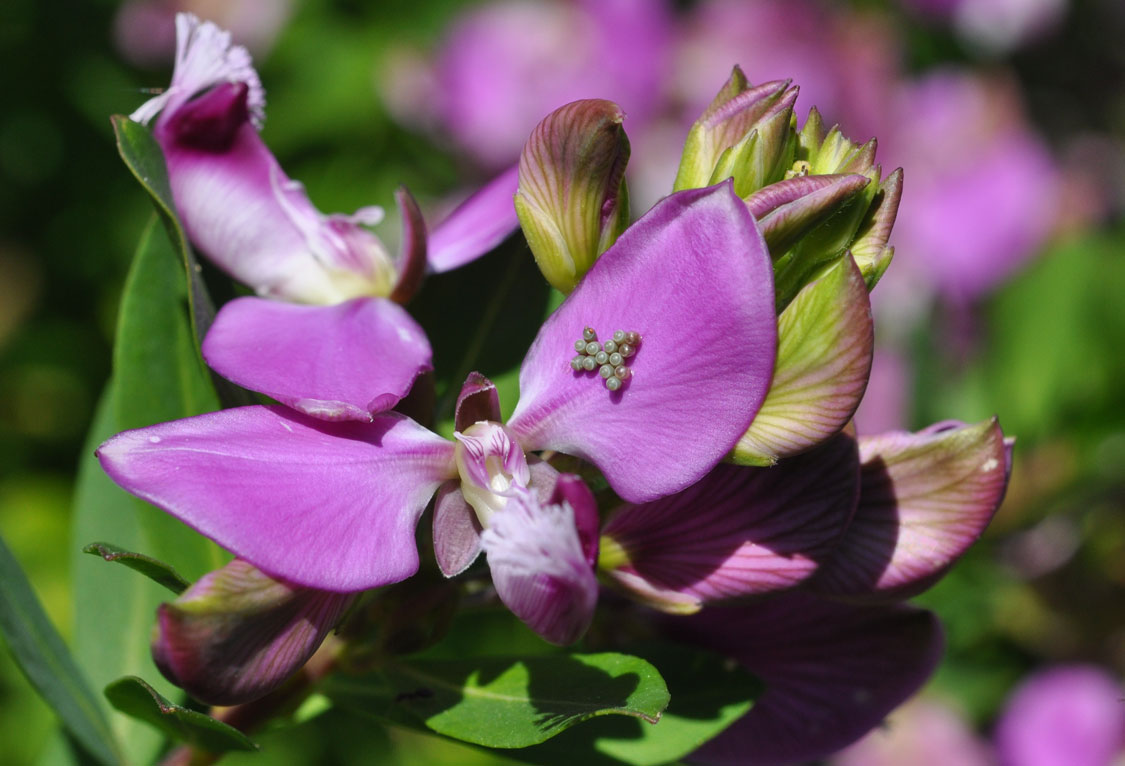
Keep your eyes open for the eggs of detrimental pests.
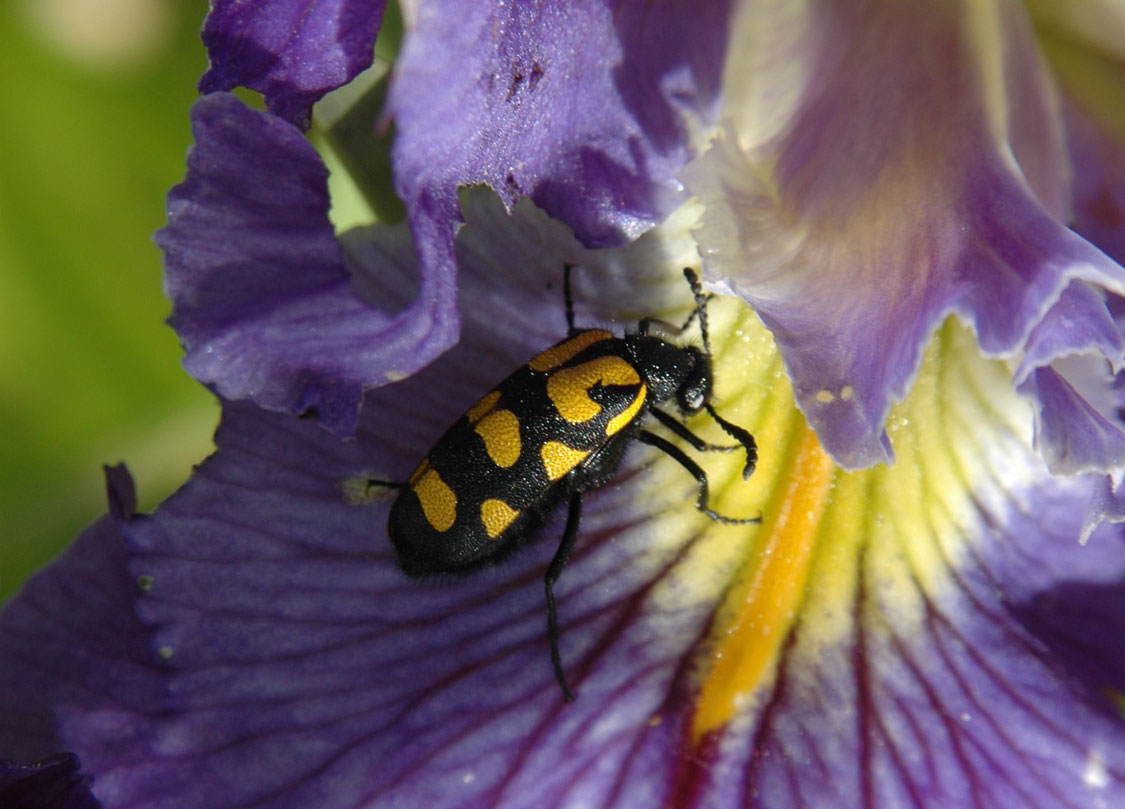
Spotted blister beetles feed on flowers.
Companion plant
The strong smell of plants like chillies, garlic, wormwood, tansy, yarrow and sage can deter pests so plant them amid other varieties.
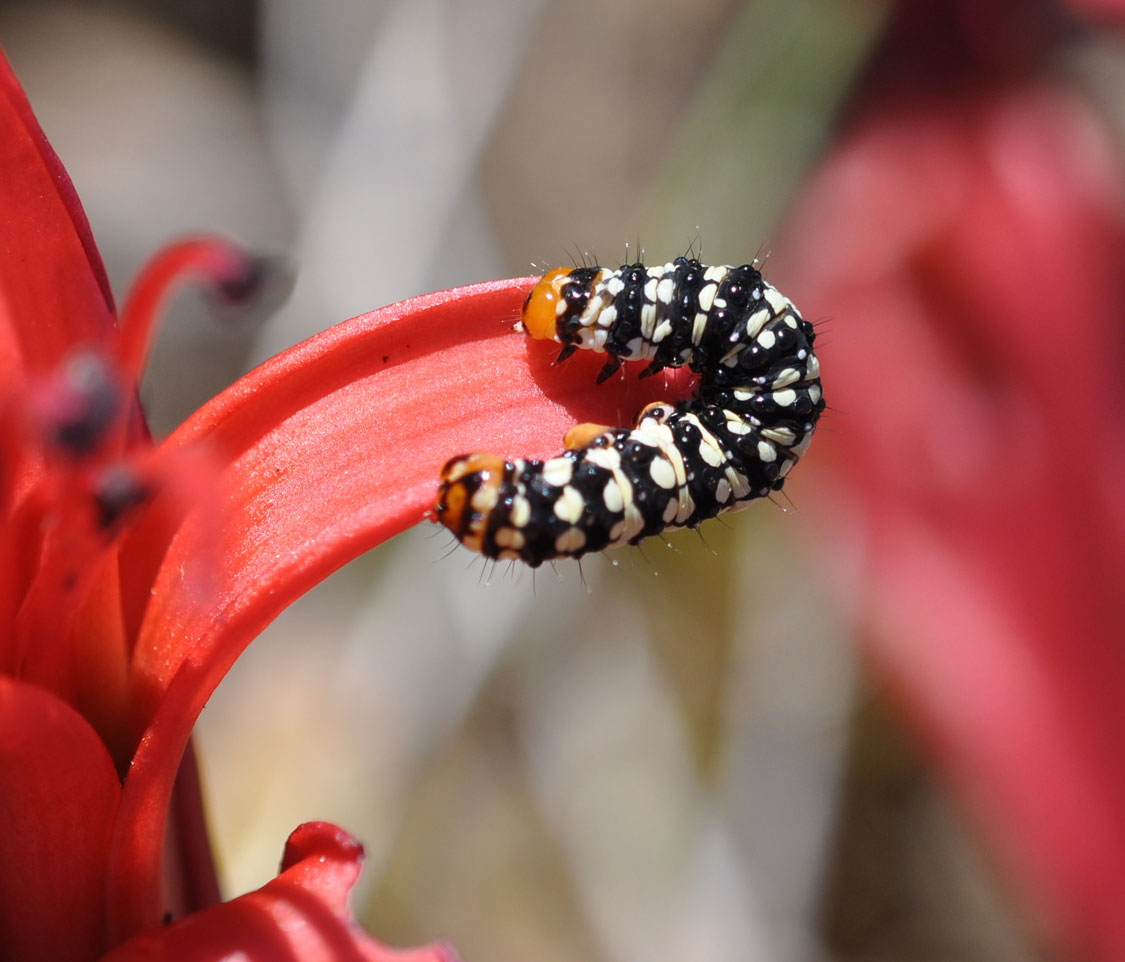
This lily borer turns into a moth.
Attract beneficial insects by planting things they like
Beneficial creatures like wasps, some ladybirds, spiders, chameleons and lizards feed on pests like aphids and caterpillars and help to keep their numbers down.
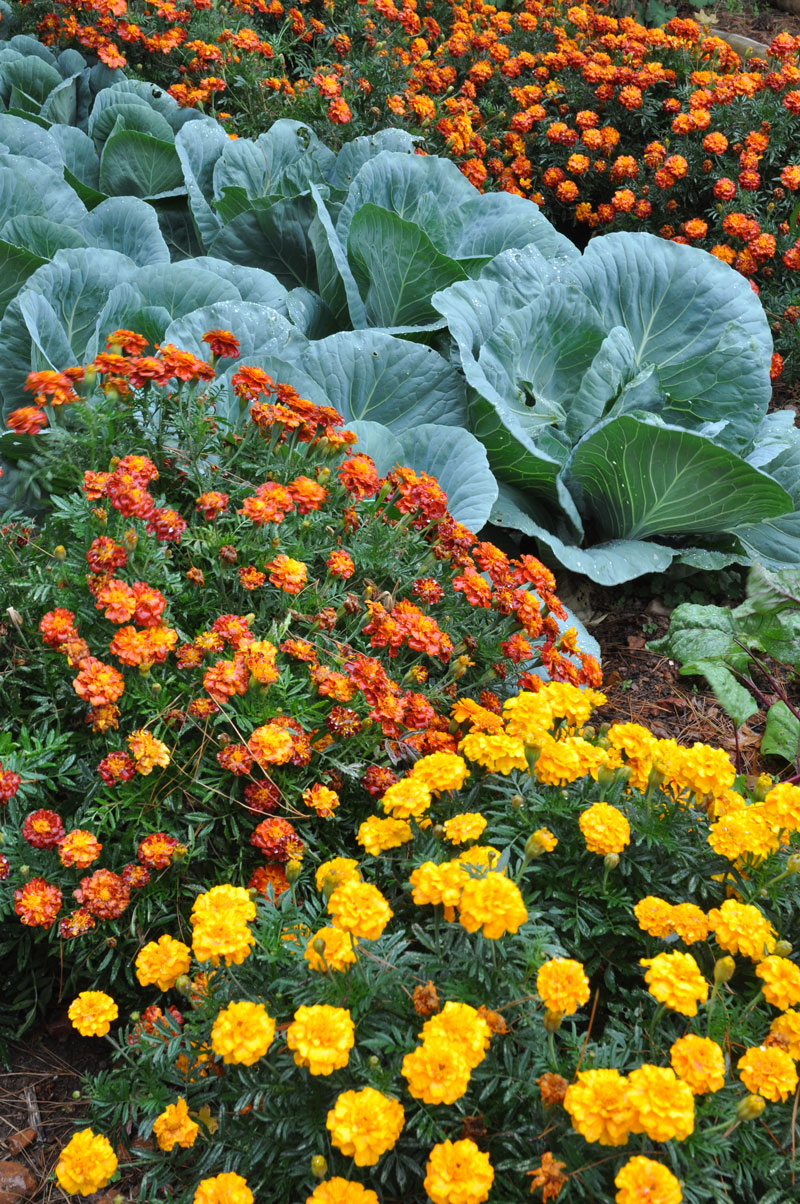
Marigolds deter eelworm (nematodes) in the soil.
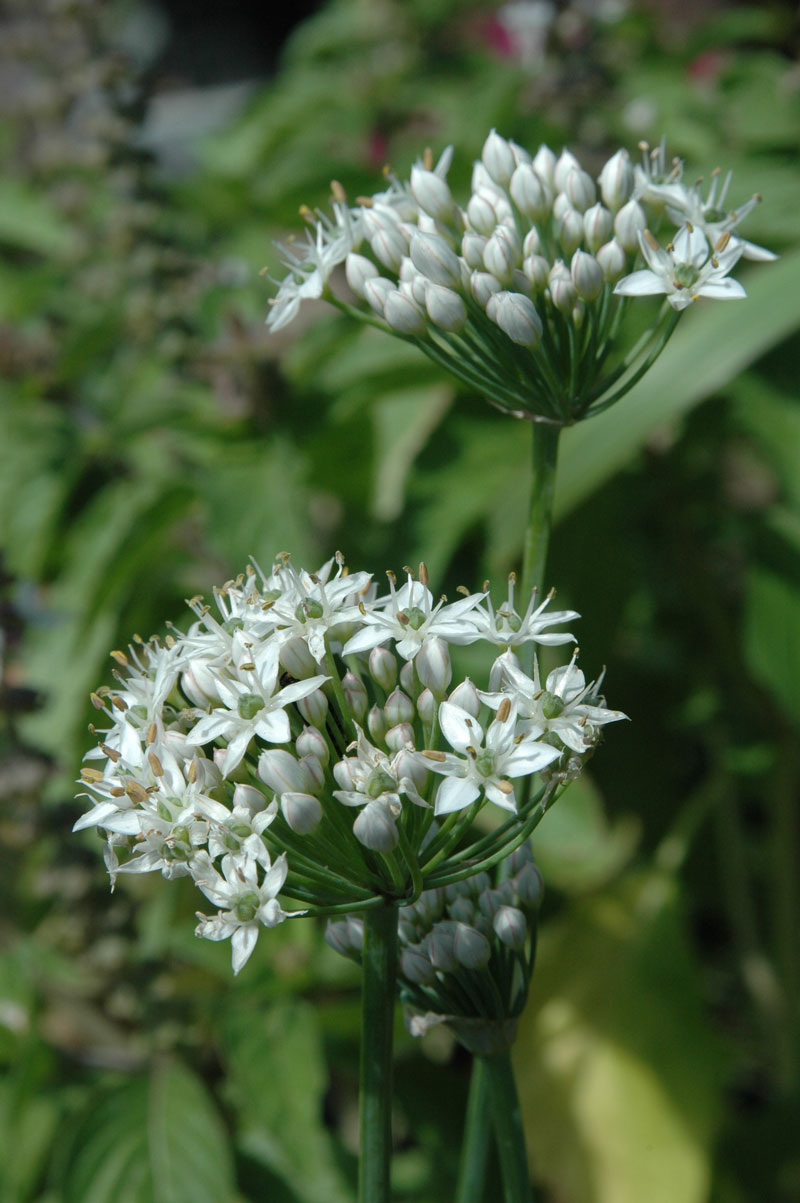
The smell of garlic chives and garlic discourages many pests.
Spray safe
Use organic products made from plants like the neem tree or canola oil and only target those parts of the plant that are infected or infested. While friendly to the environment, the downside of many of these products and many homemade sprays, is that they’re non-selective and may kill beneficial insects as well. Use specific biological controls like Dipel, Margaret Robert’s Biological Caterpillar Insecticide containing bacteria (Bacillus thuringiensis var. kurstaki) which destroys caterpillars only.

